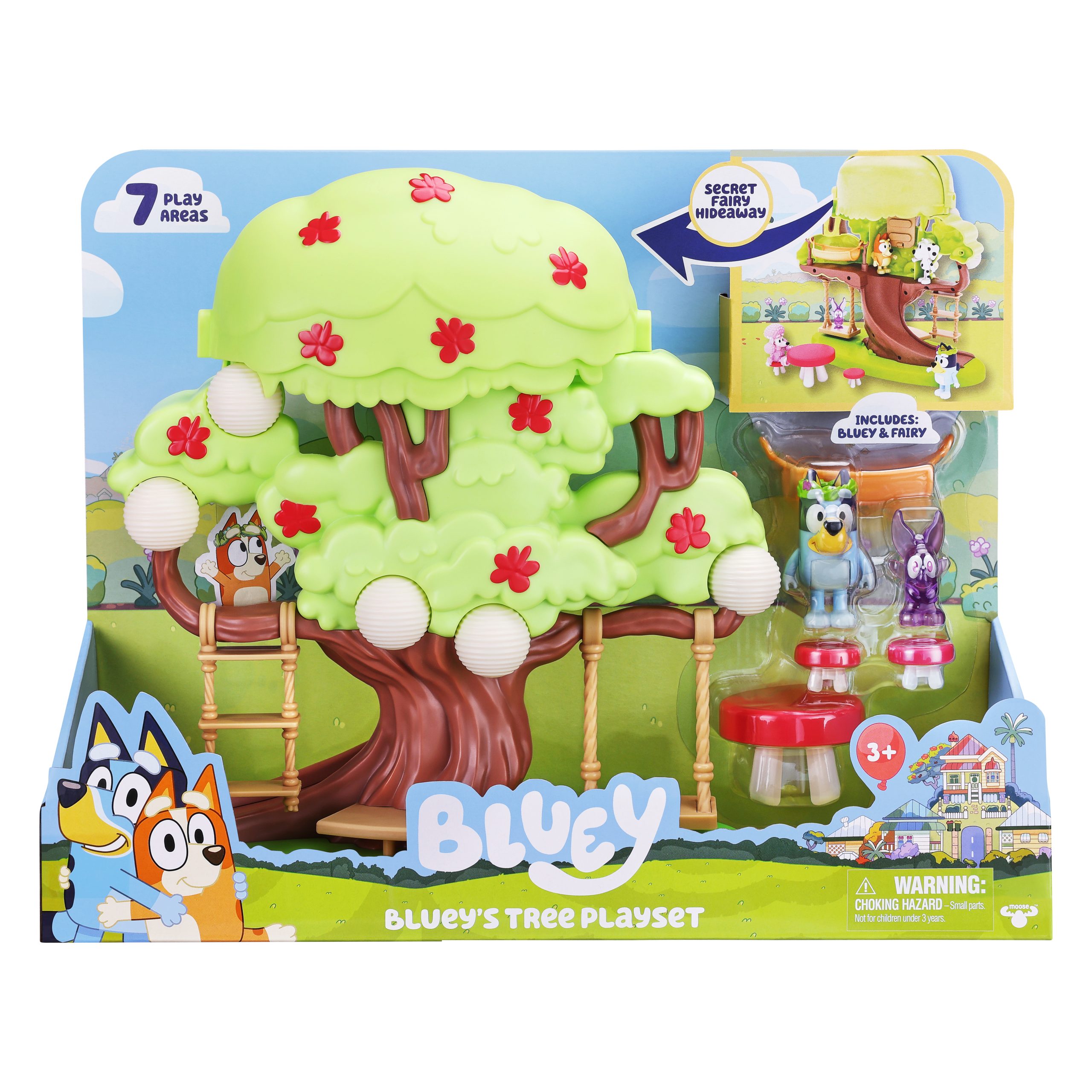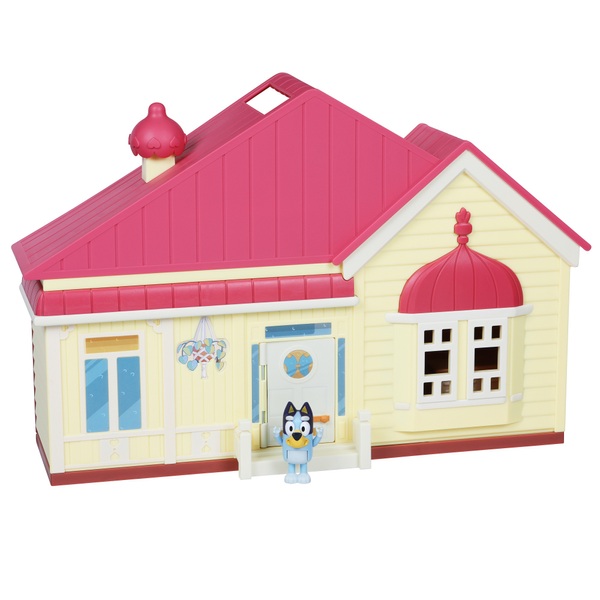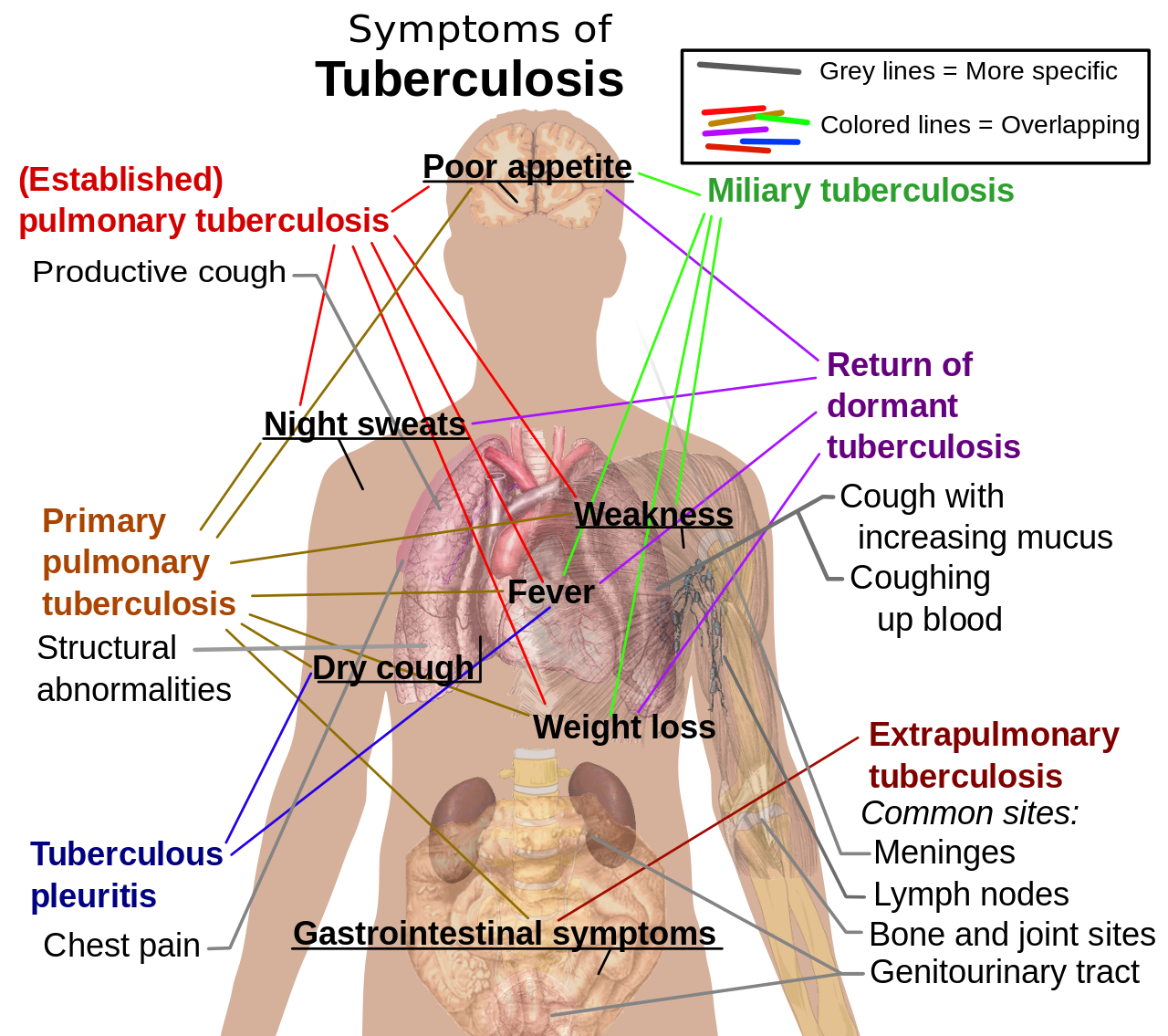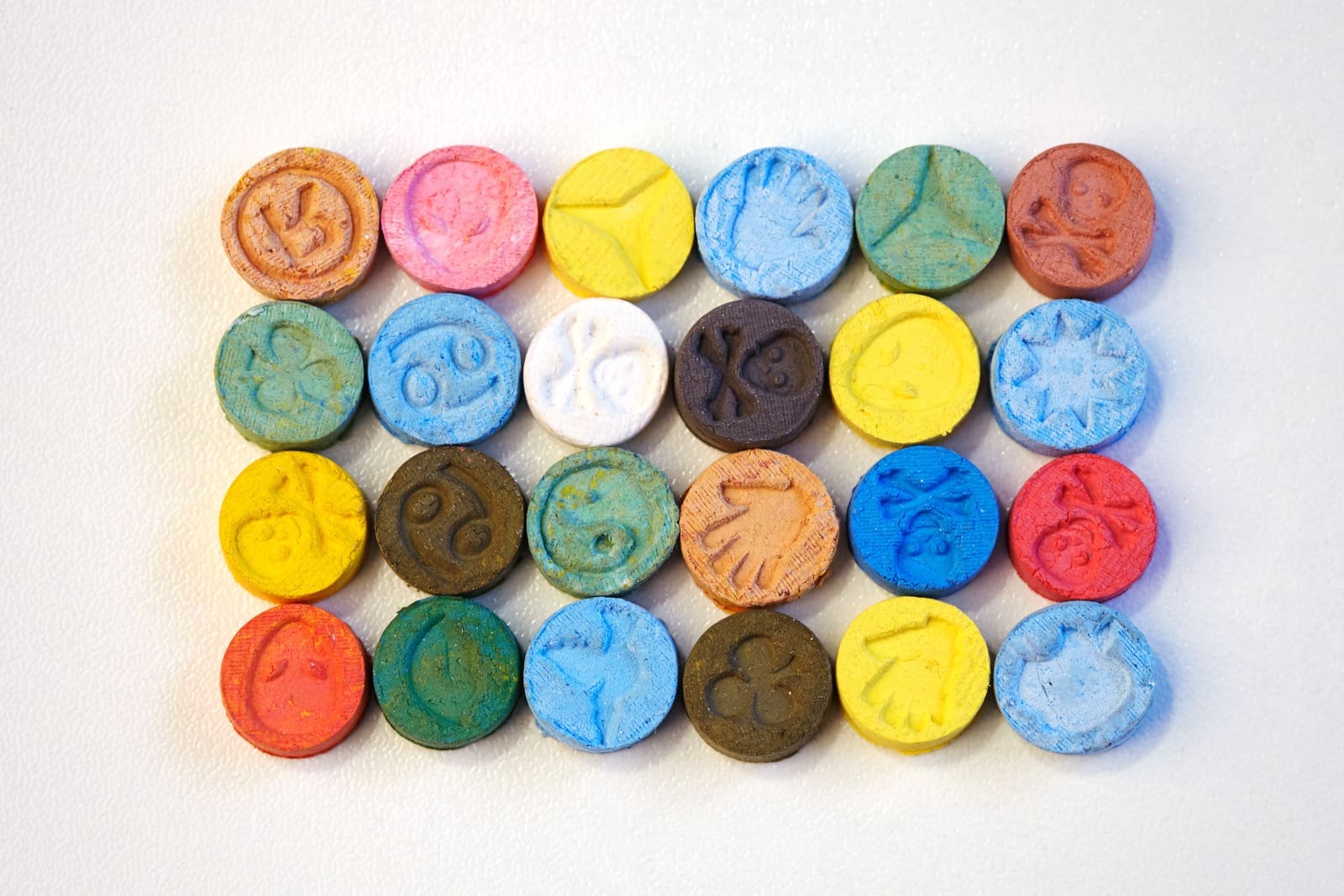Table Of Content

This reversible figure-ground relationship is central to what’s being communicated. Notice how the logos below make use of the figure-ground relationship. With some, until you see both figure and ground, you don’t see the full logo. In fairness, if my browser was wider when I grabbed the screenshot, the arrows wouldn’t overlap with the main content. However, around 1280 pixels down to where the design becomes a single column, they do. Overall, it works, although I wonder whether the space would flow better without the arrows present.
Go for a Patterned Border
It breathes realism and visual value into the objects used in your design and can give them a 3D effect. Besides being an important addition to the other elements of design, color can absolutely stand alone on its own. Design compositions made up of color and text, are simpler and have a greater impact if you’re trying to make a point. For a maximalist design, fill the canvas with positive space and balance it out with negative space. Use negative space to create a path or directional flow that guides the viewer’s gaze toward a particular part of the design.
Color
Like many of the websites here, The 2013 website for the New Adventures in Web Design conference leaves generous room around elements. Distinct groups of information are contained by space, and the space is active throughout the design. This activates the space, making it appear to be sitting on top of the gray field. The ground has become the figure and adds more depth to the design. Now that we've explored the fundamental elements of design, you might wonder why it's essential to grasp these concepts. The red, green, blue (RGB) combo is the best choice for digital designs.
Elements of Design: Everything You Should Know
7 visual tricks to make a small room feel larger - The Washington Post
7 visual tricks to make a small room feel larger.
Posted: Tue, 07 Feb 2023 08:00:00 GMT [source]
These include color contrast, shading, layering, overlapping, and the use of white space around the protagonists that make them the main focal point of the image. Overlapping means placing elements on top of or in front of each other. It can help create a visual hierarchy and a sense of depth and dimension.
Since childhood as we start learning about the things around us, we notice and understand Colours. As we continue to grow, we learn about the different shapes that our world comes in. We learn to write and read alphabets, making us aware of the typeface others are familiar with. Through perception, we understand the depth in objects that we use day to day life. Use space to guide the viewer’s attention toward the most critical elements of your design. Vary the spacing and placement of elements to create a hierarchy of importance.
The gestalt principle that applies most to space is that of figure-ground. Everything in a design of yours will be seen as one or the other, and the relationship between them is mutually exclusive. Neither can be perceived except in relation to the other, and changing one is impossible without changing the other as well.
Pattern also helps differentiate things, and color and contrast make things stand out and blend in. Color, value, and texture are just a few ways to achieve this, but also principles such as contrast movement and proportion. This picture cleverly uses negative space to outline the person's body.
Programmable thermostats, lighting, and more
Negative space does not refer to anything bad, it just means the empty space around, and between those positive elements, you added to your composition. Negative space can be active or passive, depending on how it is applied. Passive negative space occurs when a composition is balanced between positive and negative aspects, often in a symmetrical design. This means the negative space is just holding a place between the objects and keeping the composition from appearing too cluttered. In active negative space, however, the emptiness created by large expanses of negative space or using negative space in asymmetrical balance conveys a feeling or message of its own.
Symmetry vs. Asymmetry - Recalling basic design principles
We’ll provide you with a basic understanding of the anatomy of type, type classifications, type styles and typographic terms. You’ll also learn practical tips for selecting a typeface, when to mix typefaces and how to talk type with fellow designers. Scale can be used to create a hierarchy for and add emphasis to certain elements on a design. Balance is the principle governing how we distribute the elements of a design evenly. Balanced designs tend to appear calm, stable and natural, while imbalanced designs make us feel uneasy. When we’re designing websites, we can make use of a grid for achieving a sense of unity, since elements organised in a grid will follow an orderly arrangement.
With impressive storage capacity, a visually inspiring layout, and tools for organizing, collaborating on, and sharing digital assets, Playbook is the perfect place to store your designs. Playbook is a visual storage system created by designers for designers and tailored to the needs of creatives. Once you’ve mastered the art of working with space in your designs, you’re going to need a different type of ‘space’ to save, organize, and share all your amazing projects. Adhering to the baseline grid, margins, and leading can create a sense of cohesion and harmony in your design. You can also play around with them to emphasize a particular focal point.
It prevents the arrows from dominating, and it’s not hard to imagine the space flowing over the lines. The positive shape (and the shape of the space) adjusts responsively to different browser widths, but the pattern of a single large shape surrounded by space remains. While the page is overly generous with space, you’re unlikely to complain that there’s too much of it. Only important information — in this case, status updates and reports of incidents — interrupt the space. The main content is slightly off center on the page, with generous space on either side.
In general, closer items are darker and warmer in color while faraway things are lighter and cooler. By combining several of these techniques, artists create distinctive, three-dimensional spaces that invite you to step into the scene and take a look around. Texture is the surface quality of an object or image, whether it's perceived as smooth, rough, soft, or hard.
As an element of design, space can be easily overlooked, but effective use of space is essential to good composition. This means that all the space in your composition will either be positive or negative. When applying space to designs involving text, proper use of positive and negative space will enhance readability and draw in the audience. While the words are positive space, you have two kinds of negative space in text passage. Micro-space refers to the small spaces between letters and words. Macro-space, however, refers to the spaces between the big or major elements in a design, like the space between lines and columns of text.

LIMESTONE, MAINE — Maine School of Science and Mathematics, the state’s first tuition-free, public, residential high school, won the East Coast and Canadian Space Elements Design Competition! This was a 22-hour challenge where our team had to develop a proposal for a lunar habitation, working around the clock to create a 50-slide presentation. There were seven students on our team which was part of a larger team of about a 40-person team from around the country. Smart technology can also help cut down on your home’s energy consumption. Lowe consistently recommends smart thermostat controls to her clients and new homeowners alike. “You’ll be able to adjust your temperature settings when you’re away, and some smart thermostats track your energy consumption so you stay on track,” adds Rodriguez.
The elements of design are the tools you use to create a work of art. Knowing the fundamental elements and applying them to your piece with a clear understanding will help you make it powerful enough to convey a message. For example, a commonly-used shading technique is drop-shading.


















